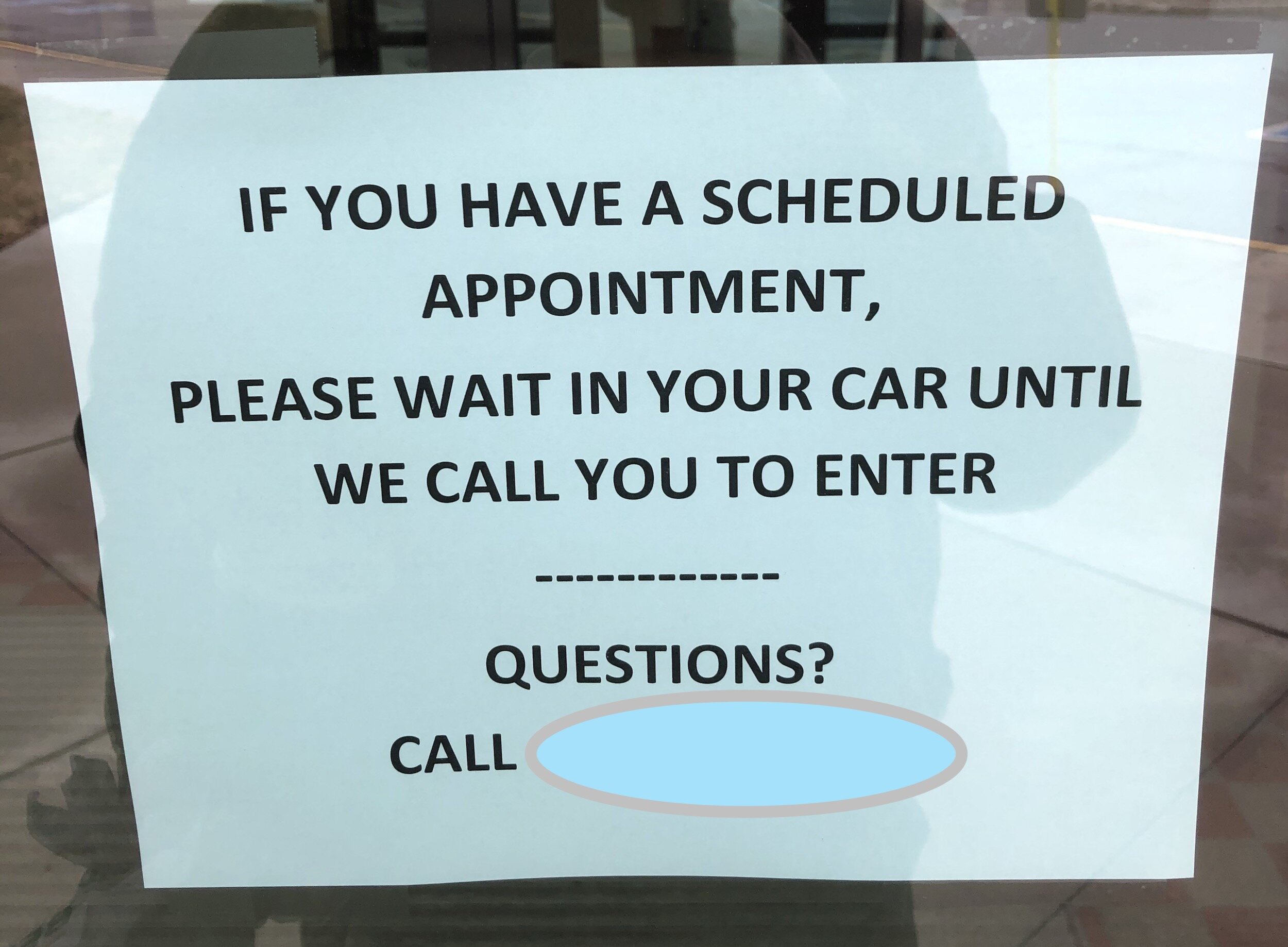I think a map would definitely help in this case! Photo by Victor Garcia on Unsplash
Just finished a post for our email subscribers about the critical need for professionals, turned consultants, to have an “algorithm,” or decision-making process, process or path, to guide them as they engage with human systems. This engagement may be in developing their private practice through contracting or by going “beyond the couch” and becoming a consultant. In plain terms, this algorithm can be boiled down to a series of questions and decision points that creates a path to follow, such as . .
HSC CONSULTING ALGORITHM: (Sample questions to ask yourself.)
1. Do I have contact with a decision maker? YES .....
NO ......
1A. If, YES, go to #2 . . .
1B If, NO, then ask to make contact or move on . . . .
2. Does the decision maker recognize a need? YES ....
NO ....
2A. If, YES, go to #3.
2B. If, NO, go to 1B.
3. Does the recognized need, require a deep understanding of the human system? YES . . .
NO . . .
3A. If, YES, go to #4.
3B. If, NO, Is the need solely training/coaching for the decision maker? YES . . .
NO . . .
3C. If 3B is YES, then seek conceptual agreement to propose training/coaching.
3D. If 3B is NO, explore the issues and how they relate to the system, then seek
further exploratory meetings or a conceptual agreement to propose
consulting.
The Power of an Algorithm
The power of an algorithm like this is comes in . . . confidence. Confidence in knowing where you are in the process, what has been done already, what needs to be done next, and a process that is replicable—and can be used again and again with decision makers. This algorithm, for HSC, has developed through more than two decades of consulting work, reading the consulting literature, teaching graduate students and professionals how to do consulting, and our own publishing.
Developing this process at HSC has evolved to the point that we created our IMPACT Model of consulting and forms the core of our Competitive Edge Coaching process . . . helping mental health professionals who want to develop consulting contracts. We even created a “cheat sheet” of our process in our IMPACT Model Quick Start Guide.
Moving from Healthcare to Contracting/Consulting
For those starting, or wanting to start, this process . . . here is a place to start:
Recognize that this process—creating an algorithm—is helpful for getting private practice contracts that provide “health care” . . . as well as consulting with organizations. At HSC we have done both—private Employee Assistance Programs, for example, and business consulting/coaching. We use the same process for both.
Read everything you can get your hands on about consulting. Especially, resources coming from those who transitioned from health care to consulting since they will speak the same language and can highlight the similarities and differences.
Consider getting training as a coach or consultant. Training programs will decrease the time and effort to make the transition and start getting contracts. Organizations such as the International Coaching Foundation, or others, can help you get moving.
Adopt an “algorithm” process or plan that has worked for other consultants until you develop your own—if you ever need to. Don’t “reinvent the wheel” start by finding a template to follow then you will tweak that, or create your own, as you gain experience.
Be patient, but aggressive. Remember, it will take time to transition into a new product or service and to transform yourself into a new skill-set. Be realistic about your progress and not overly self-critical. Get support, find mentors, and just keep working . . . and it will be likely to happen.










